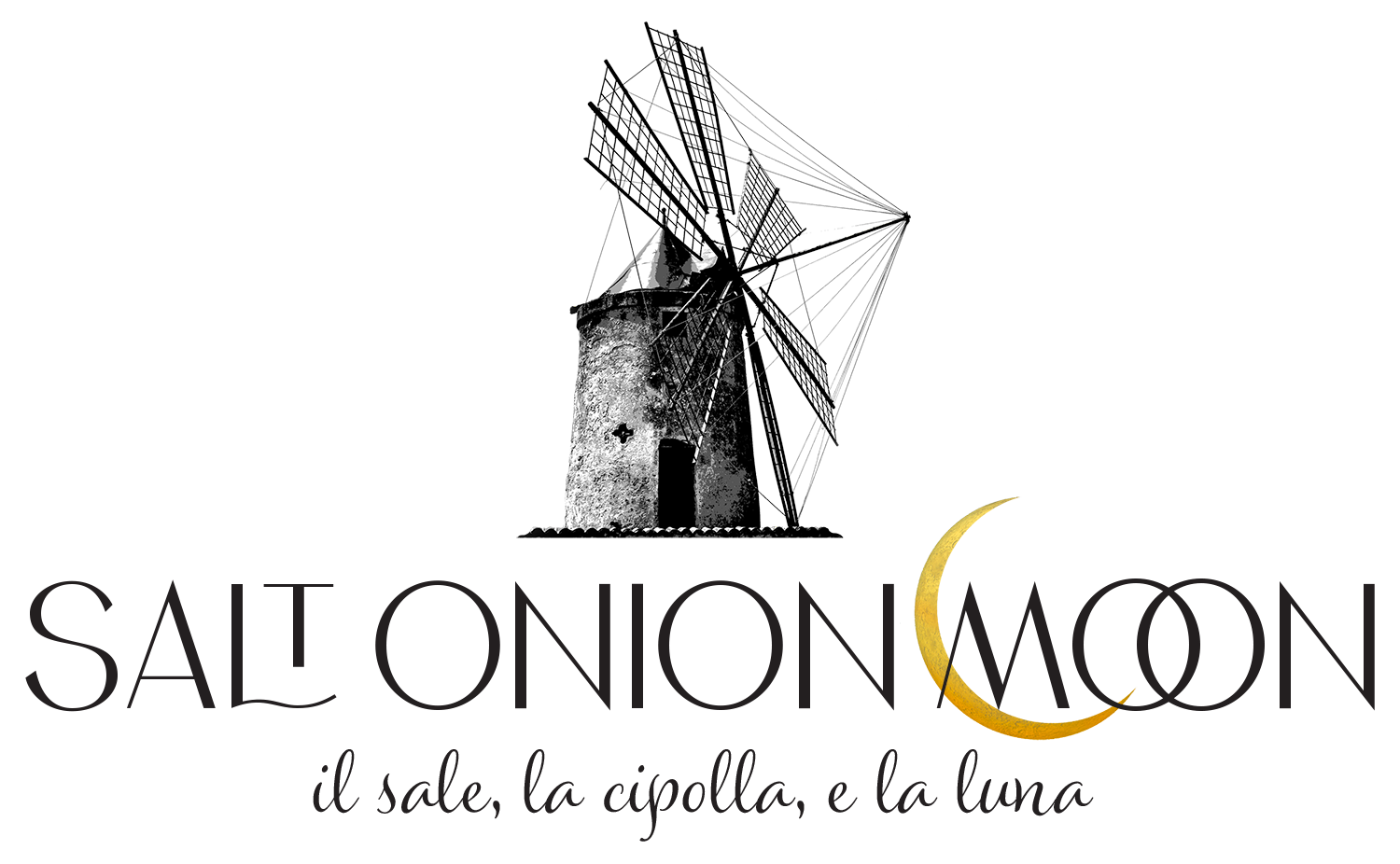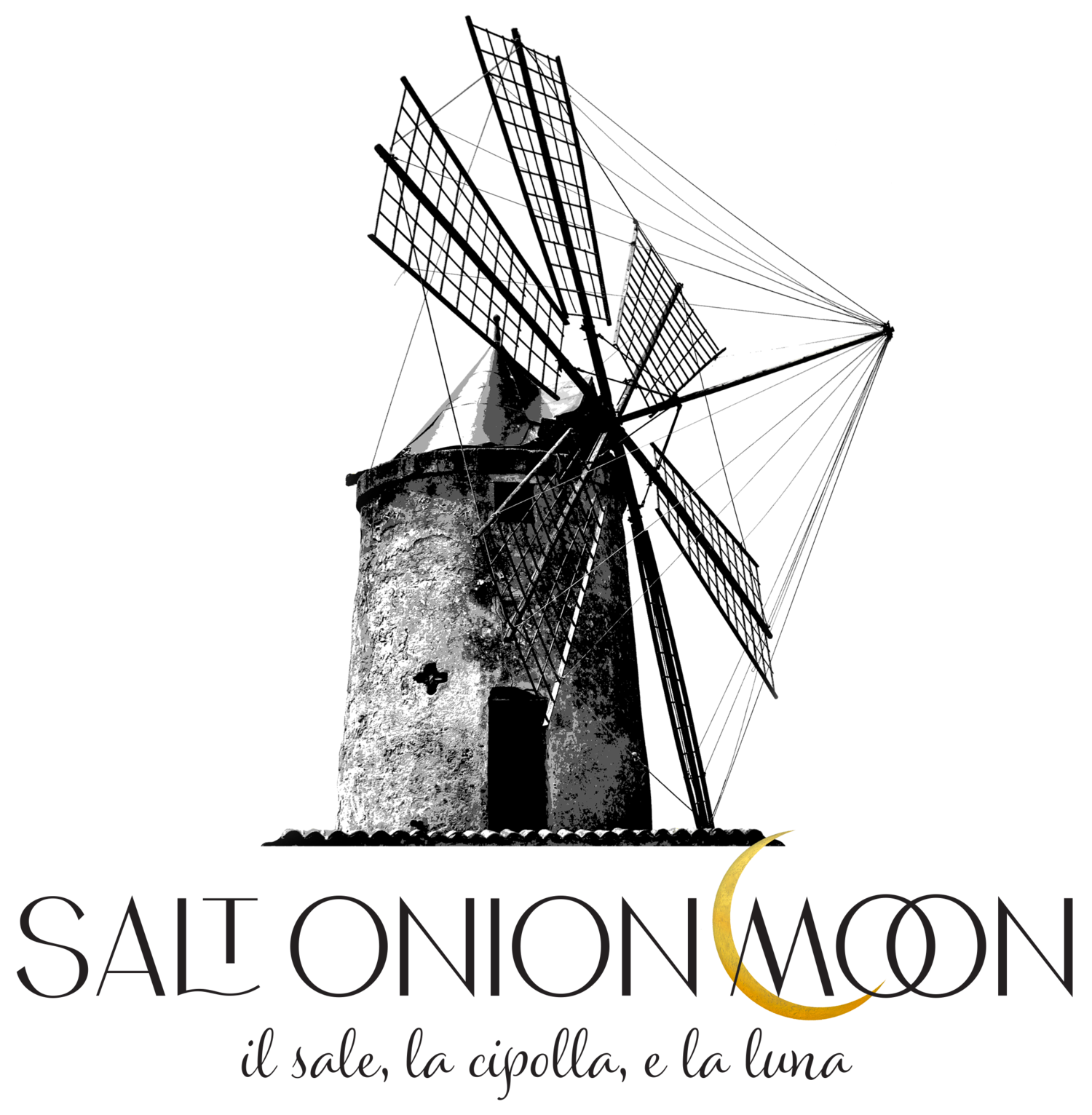The Scotland Pasta
Scotland Pasta / photo by James Culcasi
A few years ago, Kim orchestrated a trip to Scotland for all of us. I was already going to be in Italy so I thought, “What the heck?”
Our intrepid group included a pre- and post-college contingency. There were my nephews, Ian, James and Patrick, as well as Ian’s other half, Eve (an incredibly gifted artist), our young and brilliant Bobby, and finally our funny, “well-versed in all things beverage,” Henry. The post-college adults included our dear friend Brandon, who is a talented writer, teacher, and golfer, but whom I simply call “Chef,” and my stunningly fabulous, world-traveling cousin, Rae Ann. The cast was set.
We made our way north to the picturesque town of Dornoch and our estate, Belvraid Steading. Upon arrival, there was a collective sigh of shock and awe. The entire group pretty much expelled the words, “WE GET TO LIVE HERE?” I will show you pictures and give you links to the family’s, website but none of this will do it justice.
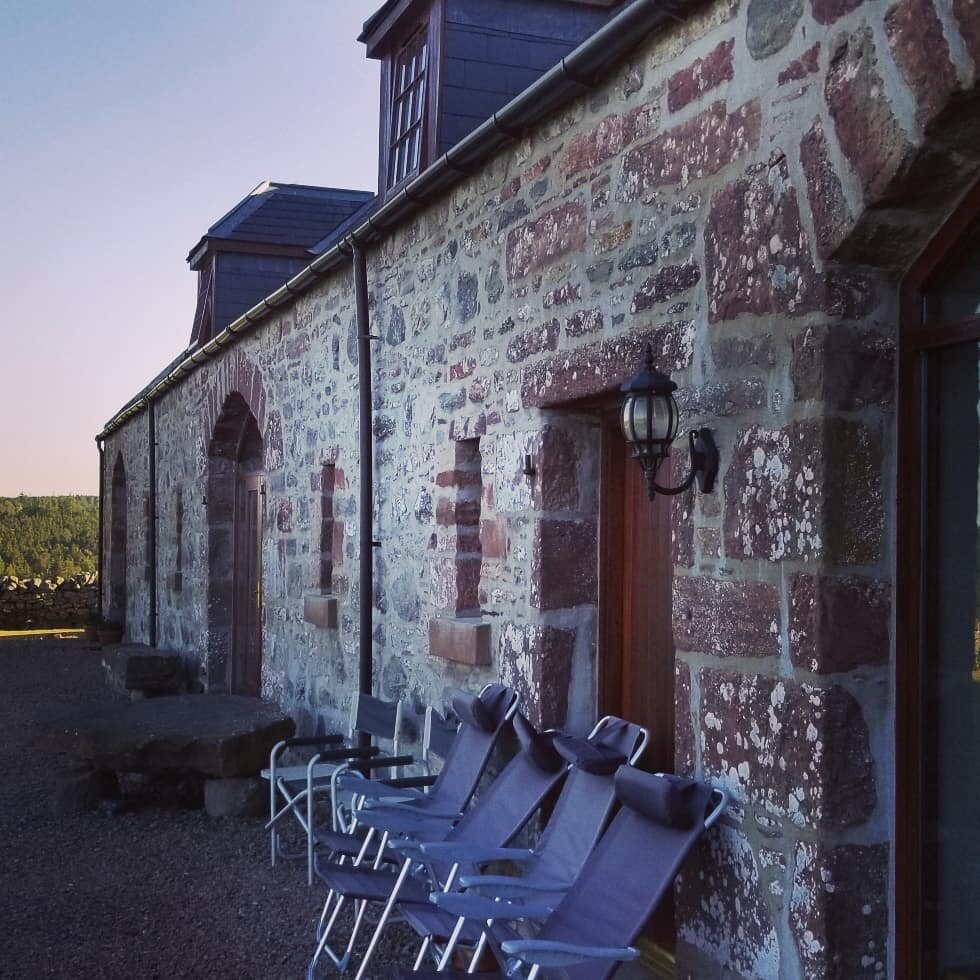
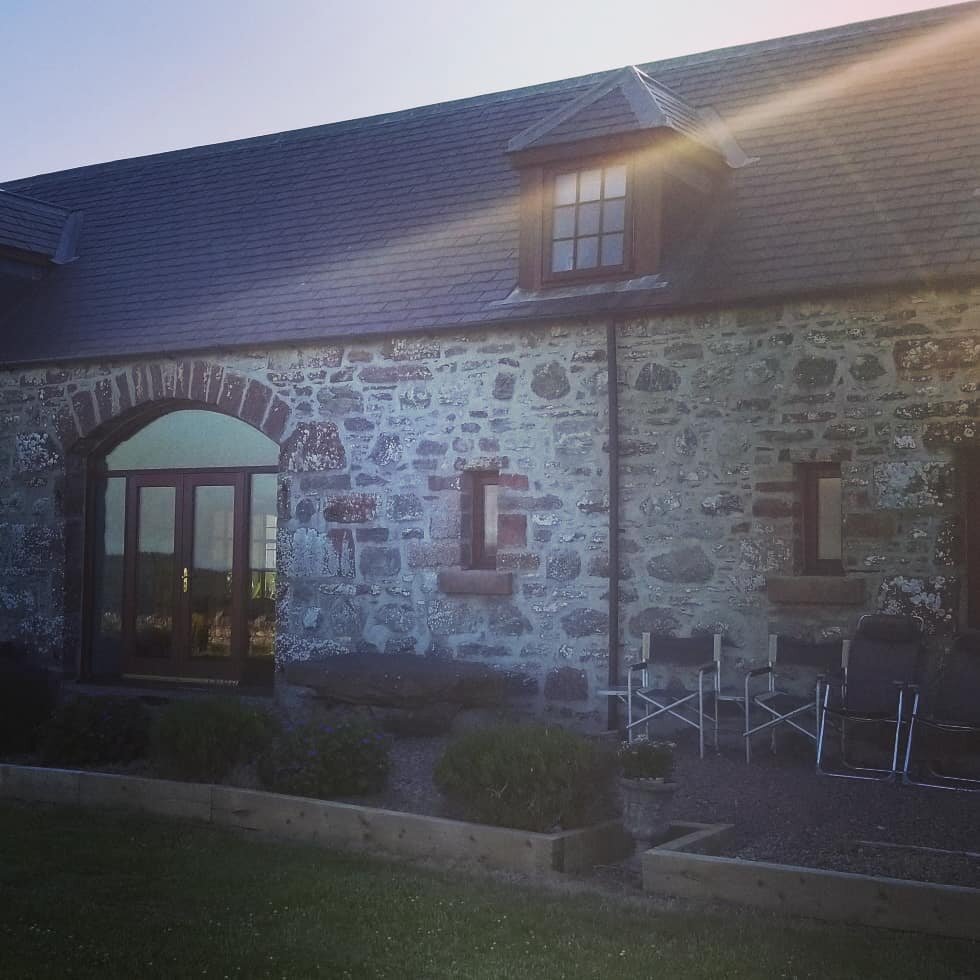
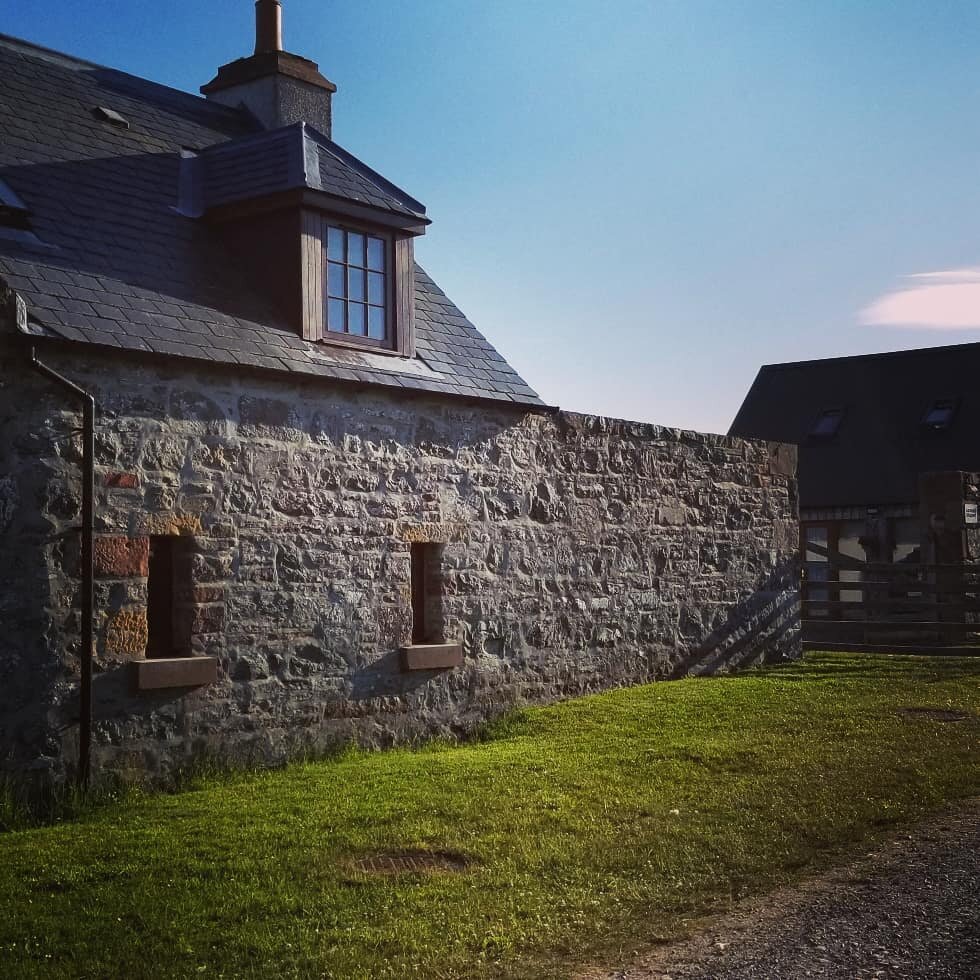
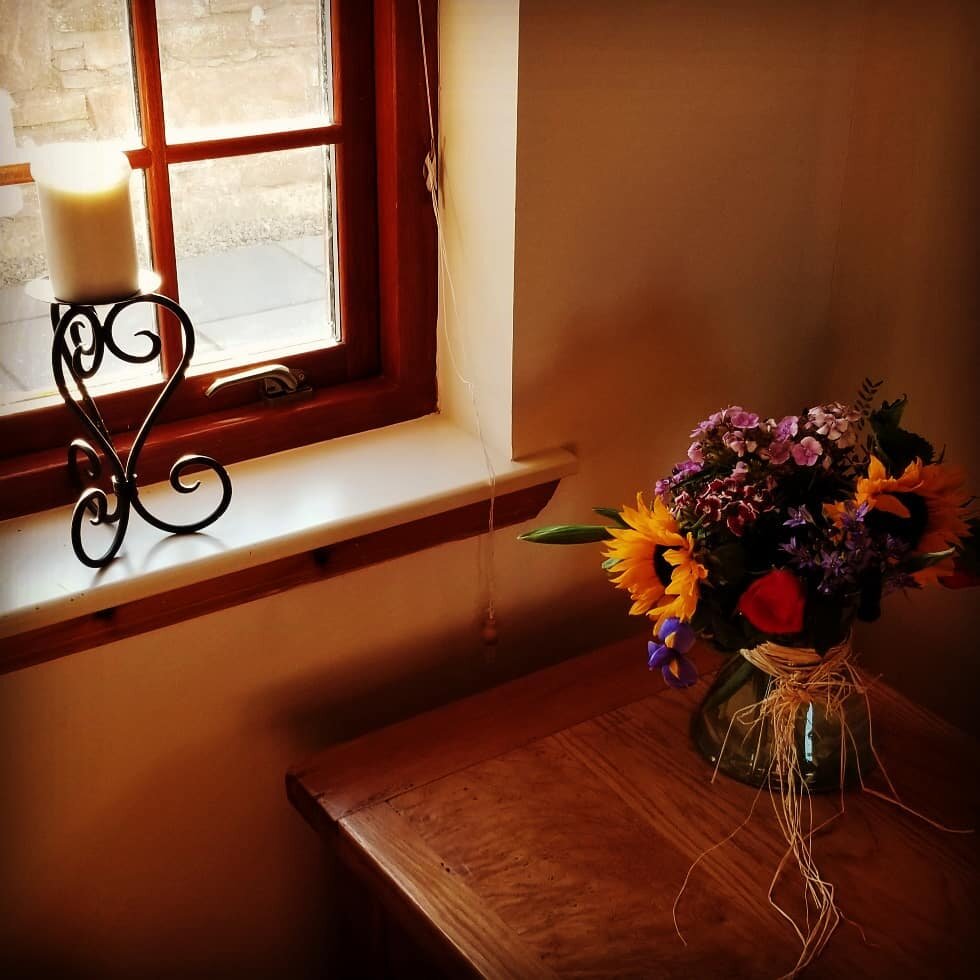
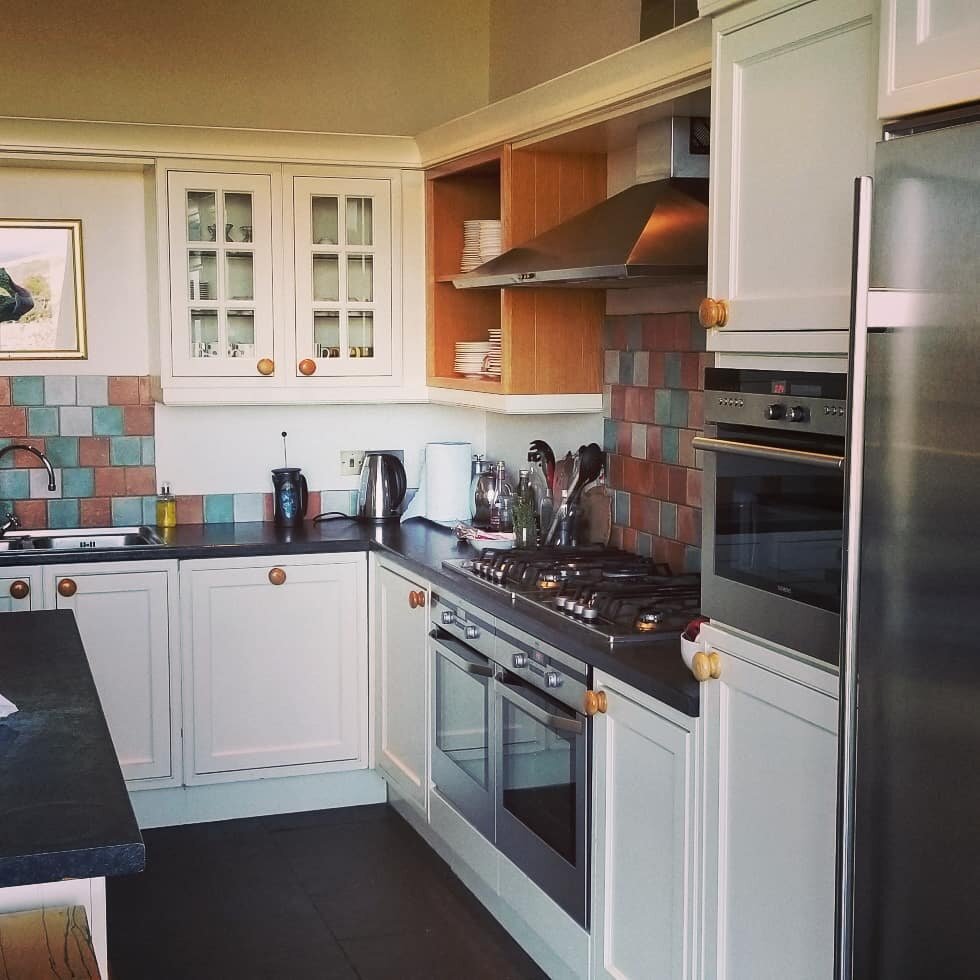
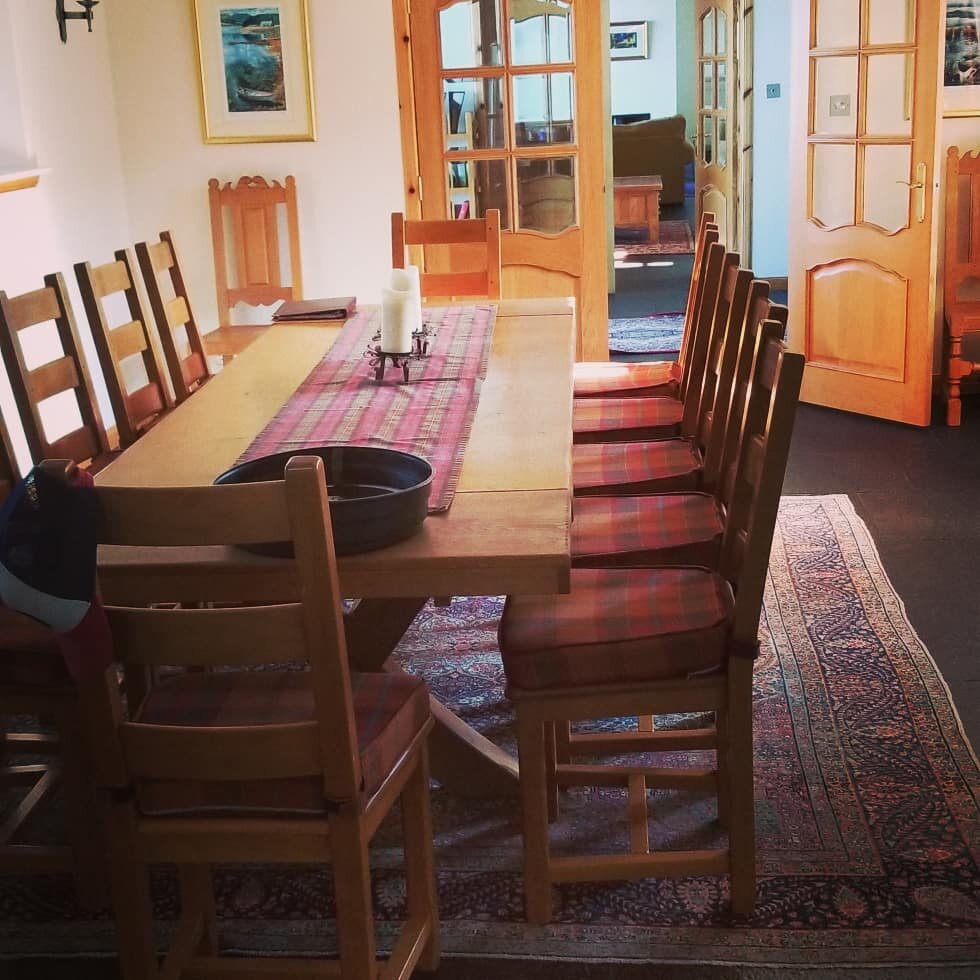

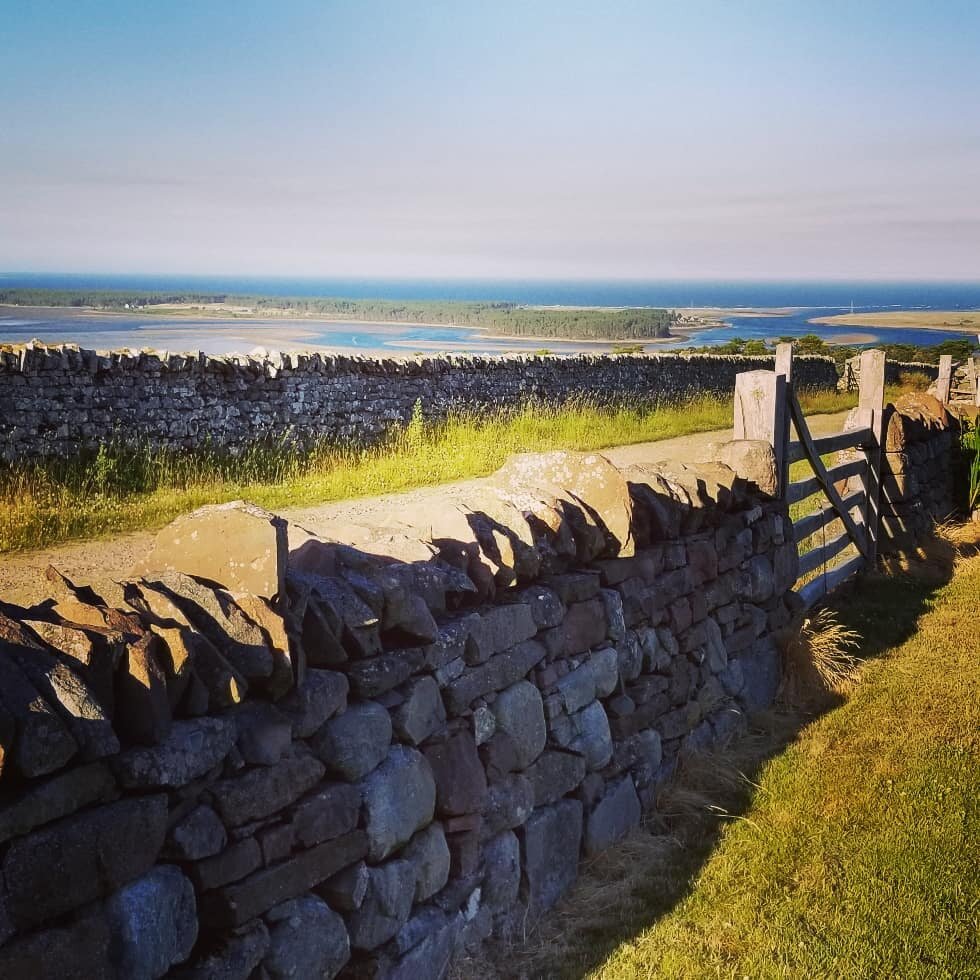

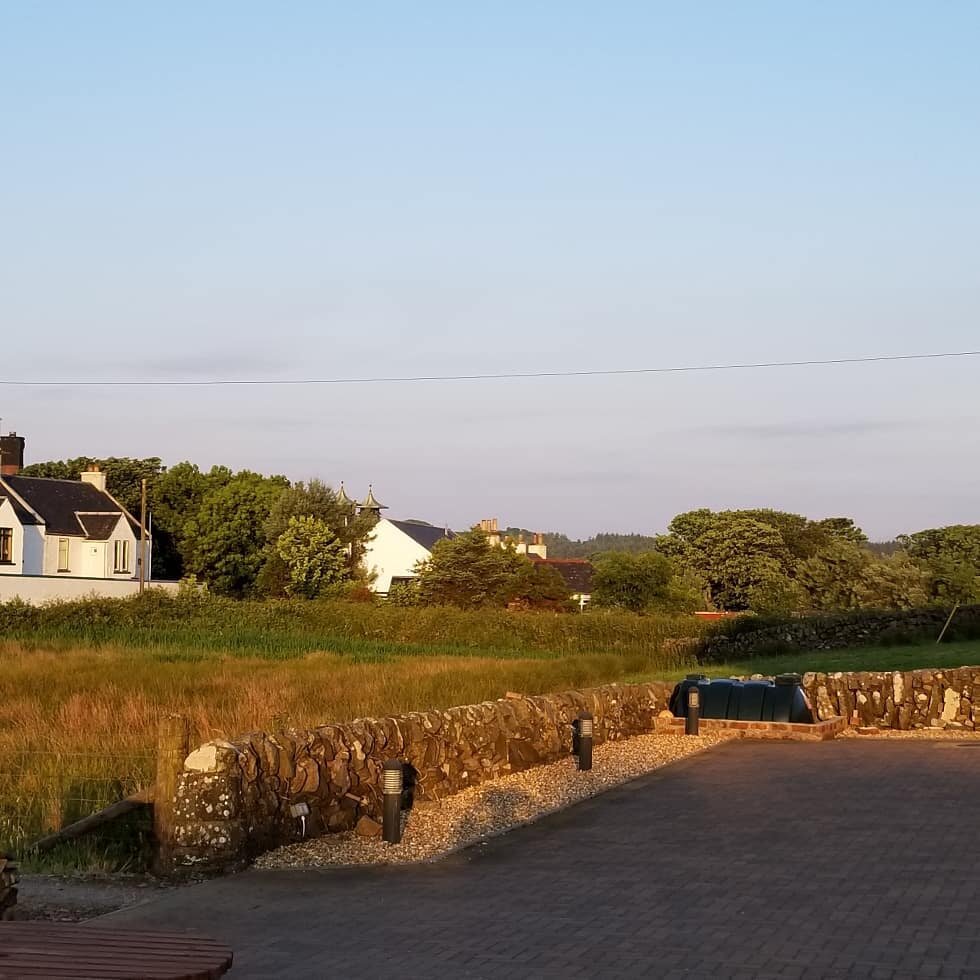

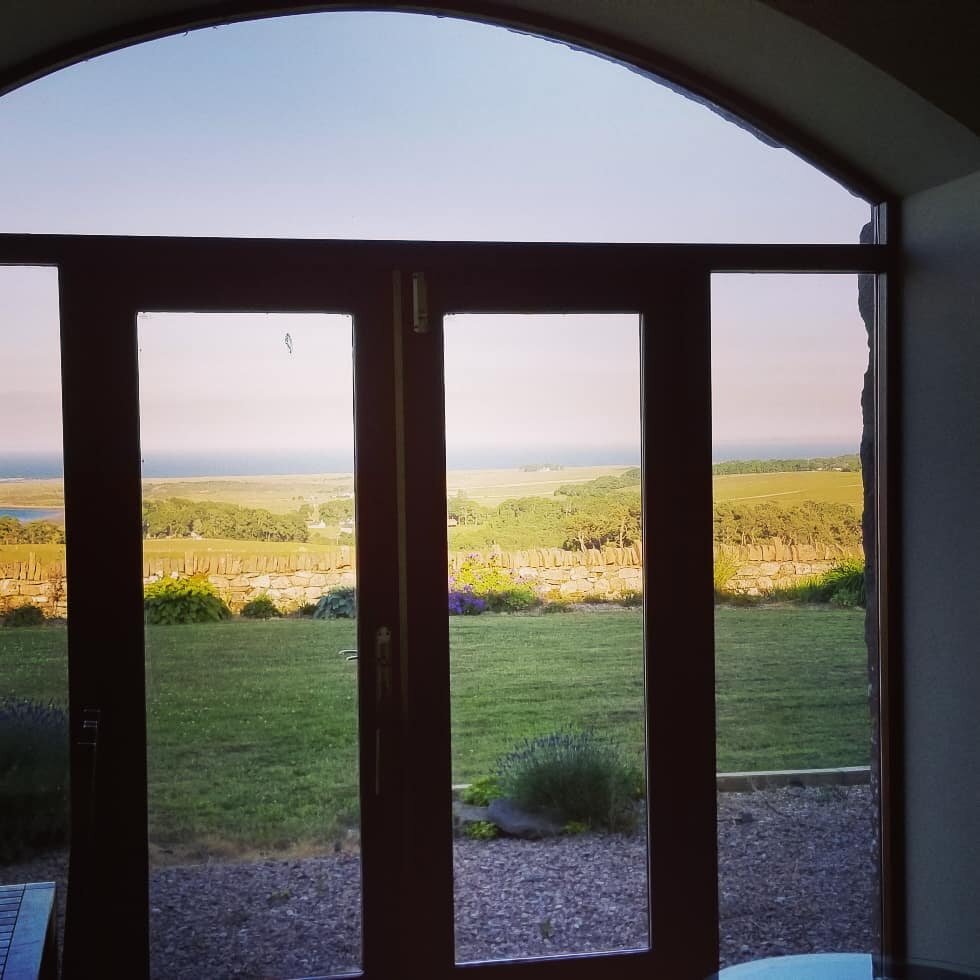
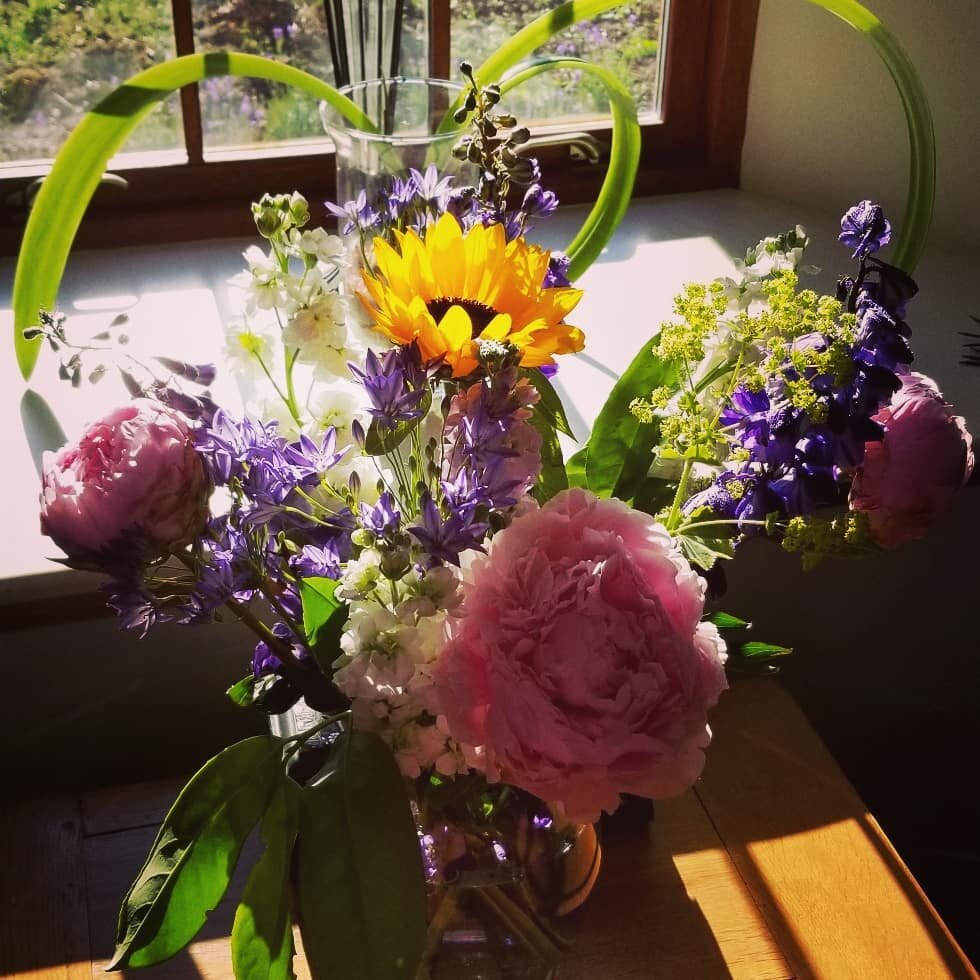

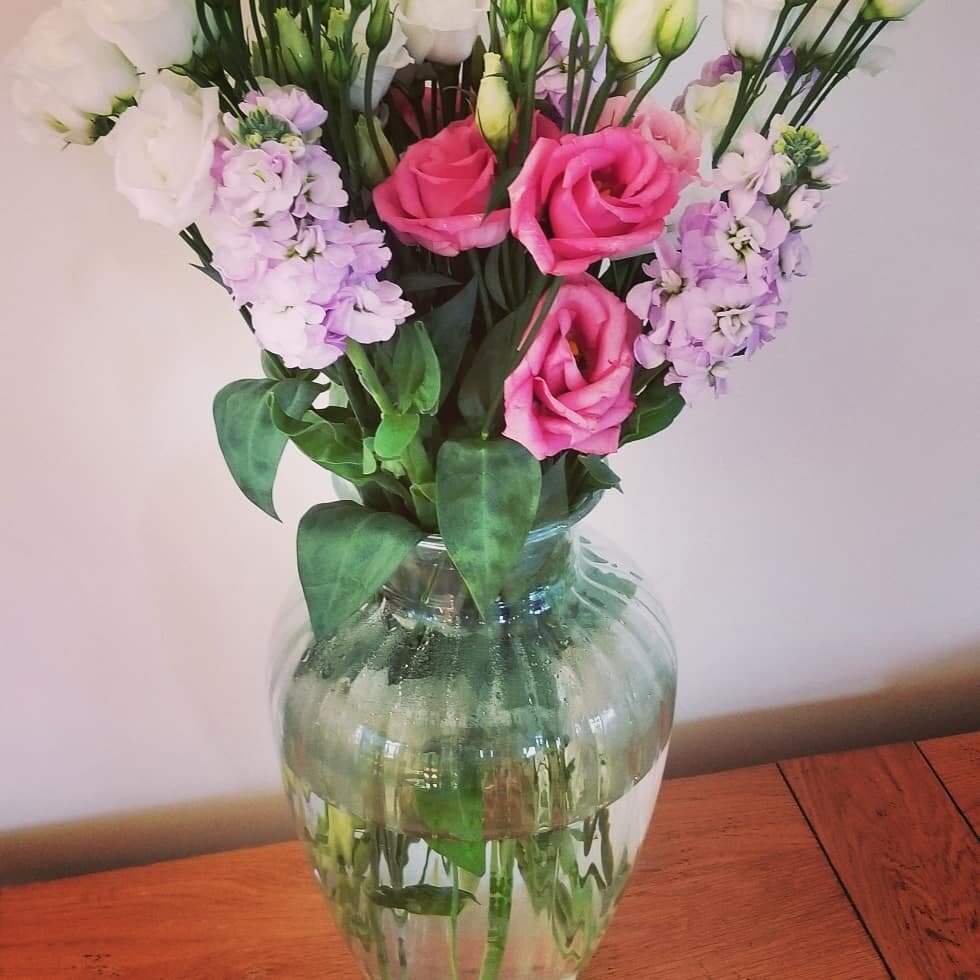
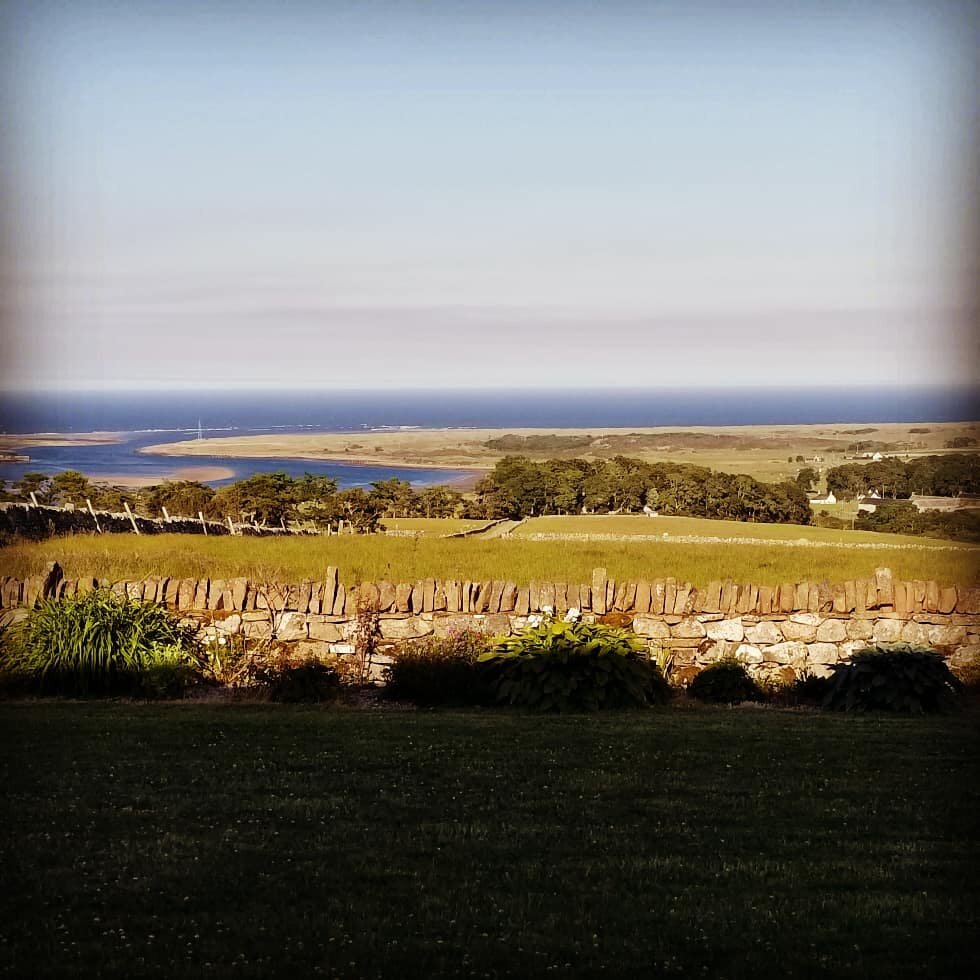
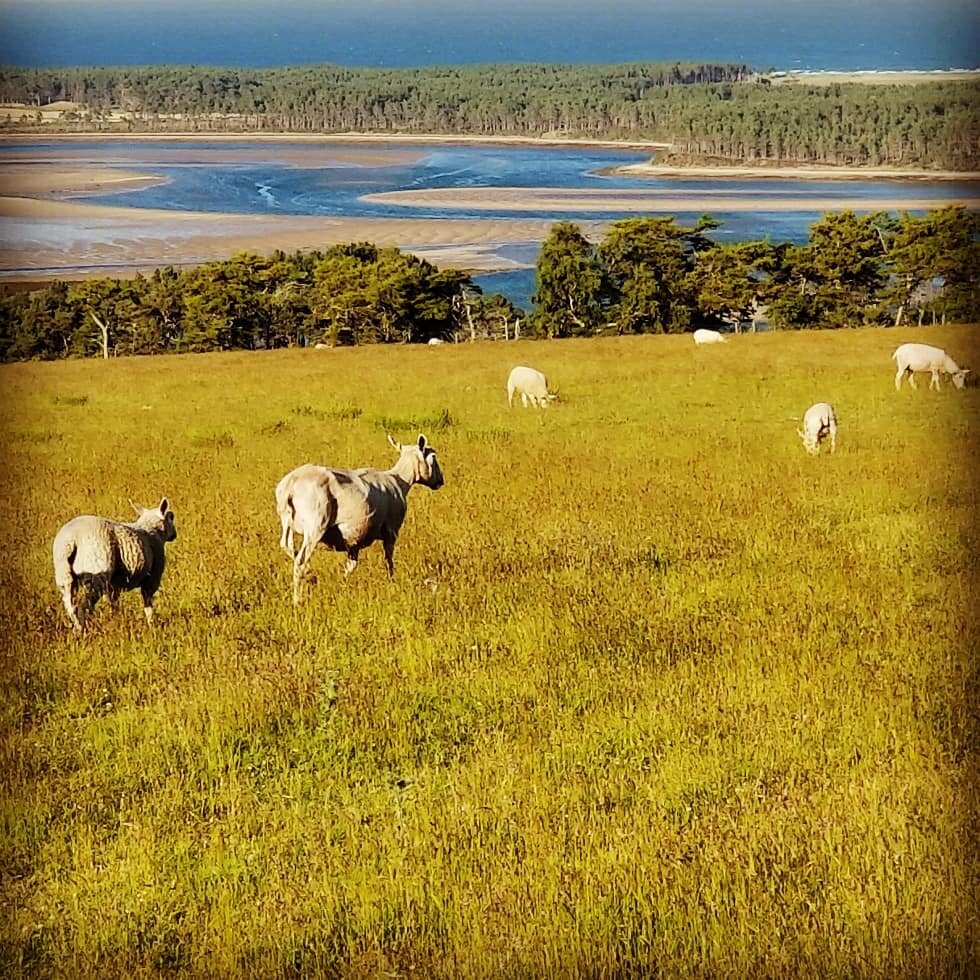
We arrived to find fresh butter and jam as well as scones on the counter. Throughout the house, our hostess had studded almost every corner with beautiful fresh cut flowers. There were small garden beds at the front door and at the side of the house where we found garlic chives with blooming purple flowers, fresh dill, thyme, nettles and many varieties of flowers.
Chef had been making a name for himself as a chief cook in this mystical land. He made ceviche and sometimes created tasting menus for us to try, appetizer after delicious appetizer. It must have been exhausting. I cooked a little but was happy to let him take the lead, since he was so avid and so obviously talented.
I got to play sous for him and we joked about our cooking segment filled with colorful language and organ meats! The cooking situation sort of evened out in time. People were really on their own for breakfast and lunch. But supper… ach, supper was the big event.
One night Chef made what he called Spaghetti with Eggs, a sublime dish with not such a sublime name. What’s in a name? Well in this case, there were Scottish pasture-raised, red-yolk eggs, huge amounts of garlic, olive oil, some of the pasta water, red pepper flakes and parmesan cheese with lots of black pepper. It was outrageous. The eggs were fried a little hard and it was the sort of dish you just kept wanting to eat more of.
We did, indeed, keep wanting more. I think he made it for us at least twice. He explained to me that it was a recipe he saw on Jacques Pépin’s TV show while he was in college.
I could not help myself. I needed more. It was just the kind of loose and fabulous recipe you could express yourself with.
Every good cook knows it’s about method. It’s about the symbiotic relationship you have with the flame, the fat and the flavors. Unless you are baking and must deign to science, often “recipe” is purely a set of guidelines that reflect the original cook’s intention. It is simple “method” that makes this dish so delicious. The key is to use the best ingredients you can find.
I have always felt that the real test of a cook’s mettle is whether or not said cook can manage to increase levels of flavor within each step of a recipe. The development of flavors is paramount. That is the essence of the cooking I love to do. This sort of recipe invites you to do just that.
Thank you, Chef and, as always, thank you, Chef Pépin, for the delicious inspiration!
Scottish Pasta
1lb of your favorite and best dried pasta- I use De Cecco Fusilli Lunghi Bucati n 5
8 eggs for a pound of pasta - 1 lb of pasta serves 4 so that’s 2 eggs per person. This is an opportunity to buy eggs laid by hens that are allowed to roam free or are pasture-raised and allowed to eat bugs and non-GMO/natural food. These eggs are deeper in yolk color and have a much richer flavor than eggs laid by hens who do not live happy lives. You eat the animal’s stress when you eat the secondary type of eggs. There are very few ingredients in this dish so great eggs are very important. Spend the cash and buy the delicious ones.
3 tablespoons of the best, grassy butter you can find. French Beurre d'Échiré works perfectly here.
The best extra virgin olive oil you can find. Use it in your garlic sauté and over the pasta at the end as a final condiment.
1 cup of grated or shredded Parmigiano and Pecorino Romano cheeses, split 50/50. Play with the ratios according to your palate. I like more Pecorino. Sometimes I’m more of a 65/35 kind of guy.
Copious amounts of garlic. For 8 people I used 1 entire large bulb. Finely mince and use your knife and a little sea salt to puree 2 tablespoons then set it aside. Sauté and sweat the rest in 1 tablespoon of butter and 1 tablespoon of olive oil for about 1.5 minutes on medium low heat. Combine all the garlic, raw and cooked, and set aside.
Fresh cracked pepper- as many turns as you like. I love it when the cracked peppercorns get caught playfully under your teeth, like in a cacio e pepe. Play with your pepper grinder adjustment to get the desired grind.
1 good pinch of red pepper flakes or QB (quanto basta = as you like)
Sicilian Sea Salt
3 or 4 good handfuls of fresh, organic/non-GMO Rocket/Rucola/Arugula or you could sub in spinach, if that’s your jam.
Your largest stock pot
Your largest mixing bowl (stainless is great)
A rubber spatula
A non-stick frying pan
A spider or hand strainer to fish out the pasta. (You’ll need to save some of the pasta water.)
Have extra butter and olive oil at the ready.
Grab your largest stock pot and fill it three-quarters or a little fuller with fresh, cold water. Place it on the cooktop set at high to boil. Cover.
Next, place all your ingredients in the largest mixing bowl you have. A wide-mouthed, stainless bowl like we used in the very first picture on this page is great for tossing without using a spoon. Spoons love to break your pasta. You should opt to use a rubber spatula to gently fold the ingredients. Add all your garlic, raw and cooked, butter, black pepper, red pepper, Parmigiano and Pecorino Romano cheeses and arugula to the mixing bowl. Set aside.
Your water should be boiling. After it comes to a rapid boil, add enough salt to make it taste like seasoned soup or follow the old Italian method to make the water “as salty as the sea.” As long as you have abundant water, you can feel free to make it taste like sea water.
Toss the pasta you have chosen into the salty, boiling water. Give it a little stir to keep the it from sticking and cover it so it will come back to the boil.
“Trying to get the perfect over lightly for your eggs? After you’ve melted the butter and put your two eggs in, let them cook until you see white. Spoon in a tablespoon of water along the edge of the pan around the two eggs and cover. Cook for one minute. You are looking for the top of the yolk to barely have a bit of a white film over it. ”
Time to cook your eggs. You need to work quickly here. You only have about 8 minutes. It might be nice to cook with a buddy who can either monitor your pasta or cook your eggs. I cook mine sunny side up in my non-stick skillet all the while basting the tops with hot butter to cook them without flipping them. A little salt and pepper on the eggs is good here, but just a little.
Back to the pasta. Depending on the quality of your pasta and its shape you need to start looking for your al dente. With Fusilli Lunghi Bucati n 5 by De Cecco, I usually give it about 8 minutes and then check. I am looking for toothy resistance, even a little crunch here is okay. There is a certain, slight amount of carry-over cooking that will happen. I wait for it to be just at the end of its non-pliable-ness. Right before it goes to a just pliable stage is when I start fishing it out with my spider or hand strainer.
Scoop the hot, wet pasta from the water and into your prepped mixing bowl with the garlic, butter, black pepper, red pepper, Parmigiano and Pecorino Romano cheeses and arugula. The heat from the pasta and the water will melt your butter and bloom all of the flavors that you put in the bowl.
Toss the pasta if you have a wide stainless bowl. Use your spatula to lightly fold if you do not- or a combination of the two. At this point, if you find that the pasta is not “alive” and moving as the Italians say alla l'onda or come l'onda or like the wave- you should consider adding half a ladle of your pasta water. I find that the 3 tablespoons of butter is sufficient but if you need it, this is a good time to use the slightest bit to loosen the pasta just a bit.
Depending on the quality of your pasta and its shape you need to start looking for your al dente. With Fusilli Lunghi Bucati n° 5 by De Cecco, I usually give it about 5 minutes and then I check. I am looking for toothy resistance; even a little crunch here is okay. There is a certain, slight amount of carry-over cooking that will happen. I wait for it to be just about 2 minutes away from the end of its non-pliable-ness, then I start fishing it out with my spider or hand strainer.
Scoop the hot, wet pasta from the water and into your prepped mixing bowl with the garlic, butter, black pepper, red pepper, Parmigiano and Pecorino Romano cheeses and arugula. The heat from the pasta and the water will melt your butter and bloom all the flavors that you put in the bowl.
If you are using a wide stainless bowl, toss your pasta. If not, use your rubber spatula to lightly fold in your ingredients. At this point, if you find that the pasta is not “alive” and “moving” as the Italians say, alla l'onda or come l'onda or like the wave, you should consider adding half a ladle of your pasta water. I find that the 3 tablespoons of butter are sufficient but if you need it, this is a good time to use the slightest bit of water to loosen the pasta just a bit.
Your eggs should be done. We always serve this family style with all the eggs on top. Then we take the spatula and lightly break the yolks and the whites as well. Then toss. The egg yolks will attempt to thicken up the pasta -- as is their job, really. If this is the case, then now might be another good time to add a half a ladle of salty pasta water to your pasta to keep it moving and supple.
If you are doing this for a dinner party, slide 2 eggs per portion onto warmed plates filled with the already tossed pasta. This allows the guest to break the yolks into their own portion, which is a lovely touch. Each plate should receive a sprinkle more of cheese, a couple of grinds of black pepper and a whispered drizzle of fresh olive oil atop.
Enjoy this with loads of crusty bread and some salted butter. Unsalted butter with salt flakes is fun, too. Add a lovely glass of your favorite wine and you are off and running!
Between the sweetness of the egg yolk and the piquancy of the cheeses against the spicy green flavor of the raw and sweated garlic and red pepper flakes the flavors here are truly delectable. The velvety sauce made by the eggs and the butter against all of this is so sensual it will make you forget oysters as your go-to aphrodisiac. Just make this instead.
How about some vino? I am always looking for an opportunity to introduce “the grape” to my meal. There are no wine rules here. I love my favorite Châteauneuf-du-Pape as well as a delicious Rosato or a dry, but fruity, Pinot Grigio/Pinot Gris.
What’s your favorite varietal? Don’t know?
Here are three great articles from Wine Enthusiast that might pique your curiosity! You can also search these varietals and their regions on the website if you want to learn a little about the terroir! This website has so much wonderful information. Take a chance to explore a bit.
Rosato, Pinot Grigio, Rhône Reds
Buon Appetito a Tutti!
